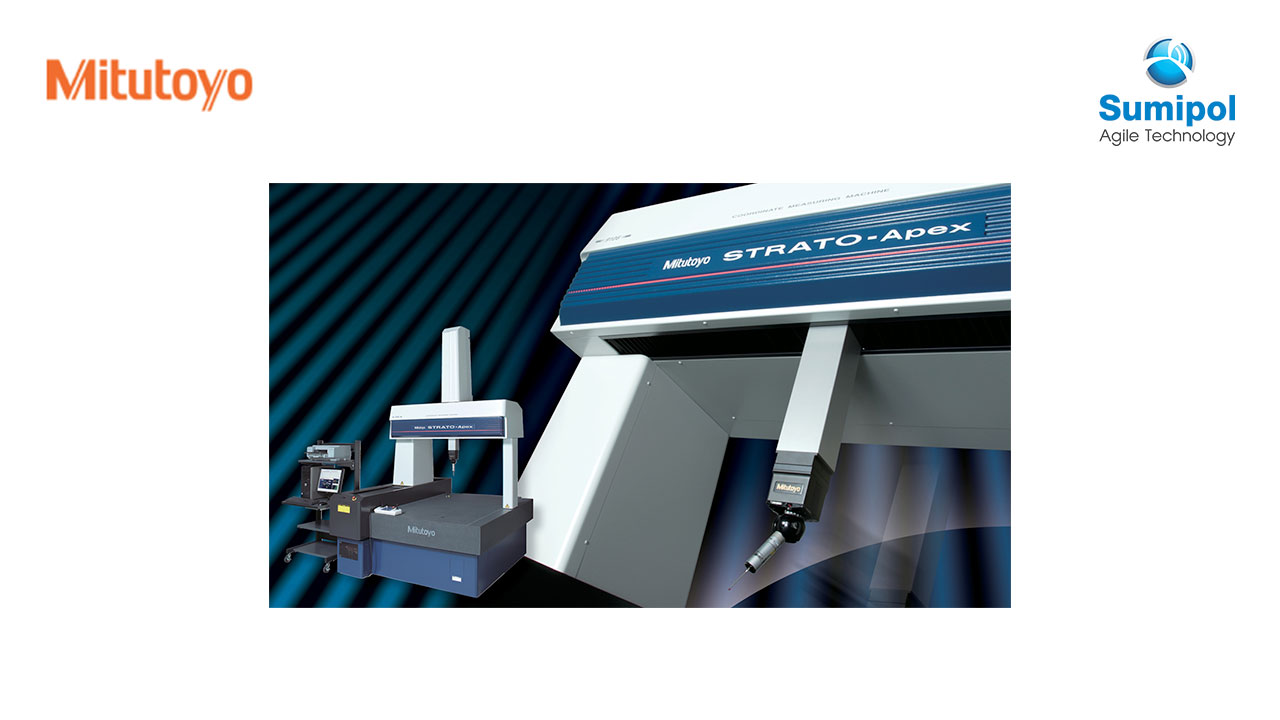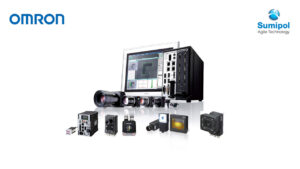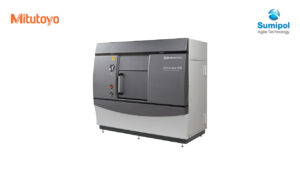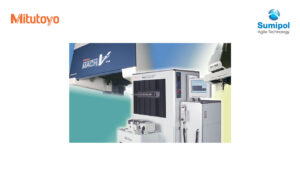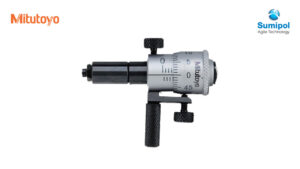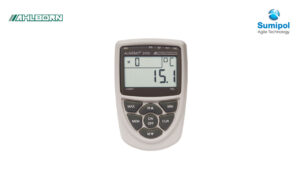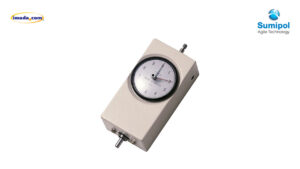Improved machine rigidity
- High speed and measurement accuracy are ensured by the new body design that improves structural rigidity and the new design mechanism.
Newly developed, built-in, high-performance controller
- It uses a digital servo system that processes the entire control loop for position, speed and current into a digital signal.
- Digital servo systems have the following advantages:
(1) Little degradation over time
(2) Wide dynamic range
(3) Easy operation of various types of control algorithms
Scanning measurement technology
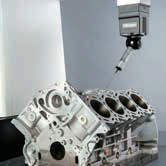 High-performance scanning measurement is achieved by improving the structural rigidity and integrating newly developed compensation technology.
High-performance scanning measurement is achieved by improving the structural rigidity and integrating newly developed compensation technology.
Maximum permissible scanning probing error: MPETHP = 1.3 μm (STRATO-Apex 574)
Maximum permissible scanning test time MPTtHP = 40 sec (STRATO-Apex 574)
(cf. Existing FALCIO Series: MPETHP = 2.2 μm)
* Probe used: SP25M
Internal heat generation minimized
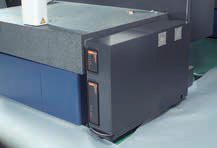
- The controller is located outside the main unit, thus reducing the impact of heat generation on the main unit.
- Compact design, resulting in a small footprint even outside the control position
Ultra-high precision glass scales
- An ultra-high-precision crystallized glass scale with no thermal expansion (coefficient of linear expansion 0.01 × 10-6 / ° C) is combined with a high-performance reflective linear encoder with a resolution of 2 / 100 μm to form an ultra-high-precision measuring unit installed in each axis of the STRATO-APEX. It is basically the same unit used in the LEGEX series of CNC ultra-high-precision coordinate measuring machines (applicable to the STRATO-Apex 700/900 series).
- The unique approach used with scale reduces hysteresis errors that can arise from differences in linear expansion coefficients between the mounting plane and scale.
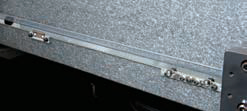
Vibration-damping unit included as a standard accessory
- Vibration of the equipment installation area is displayed as a form of measurement value. The STRATO-Apex Series is equipped with vibration damping using auto-leveling air springs. The vibration damping unit not only prevents floor vibration from reaching the main unit, but also has a function that uses sensors to detect changes in load caused by movement of each axis, positioning of workpieces, and rapid recall of the main unit in horizontal orientation.

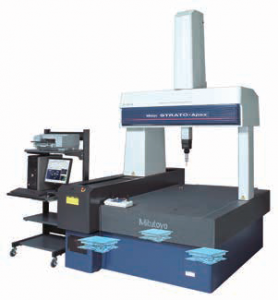
^Vibration-damping unit with auto-leveling air springs

